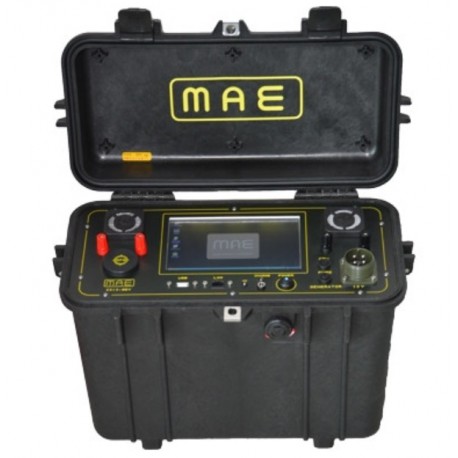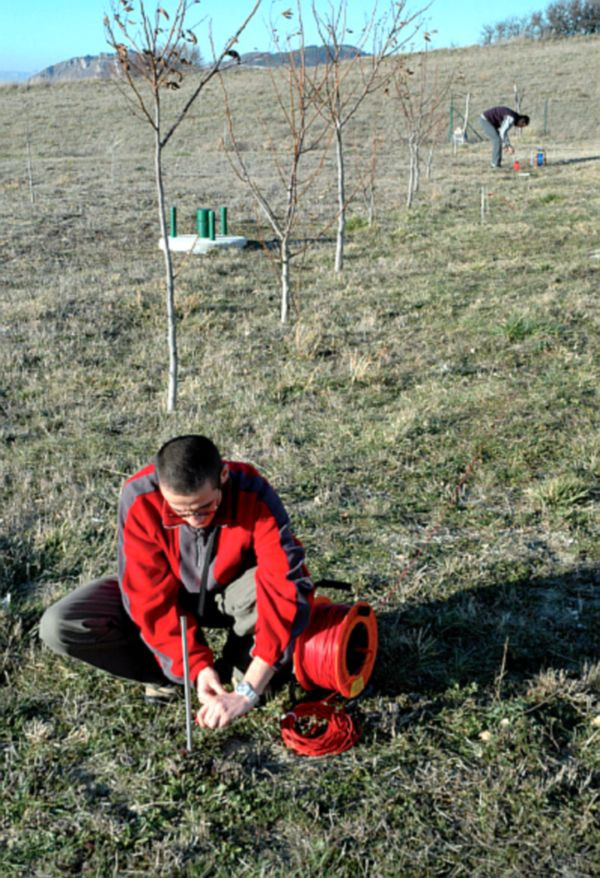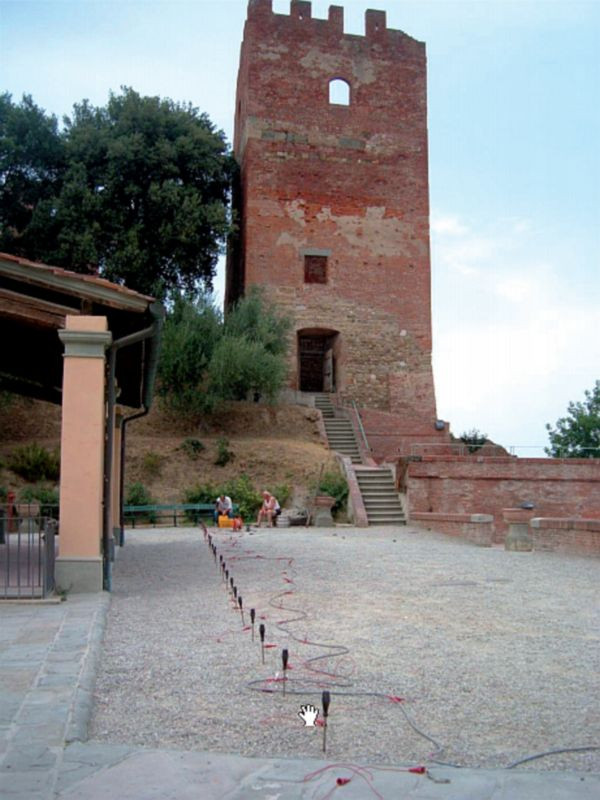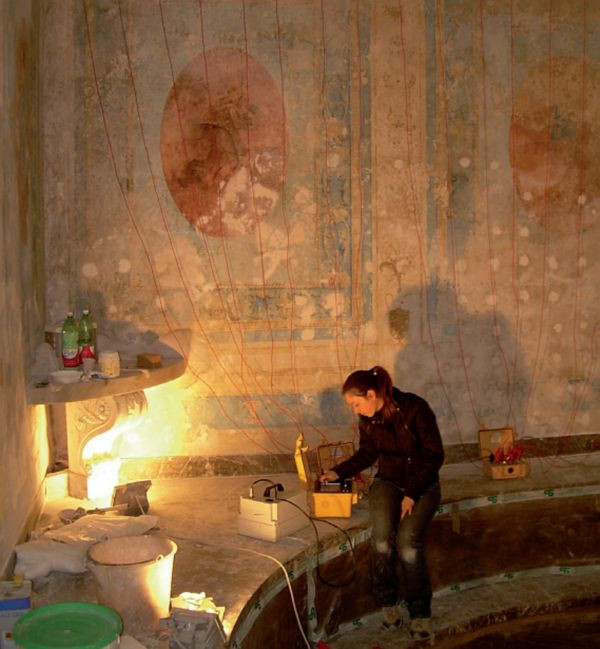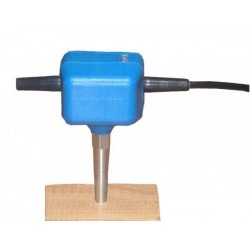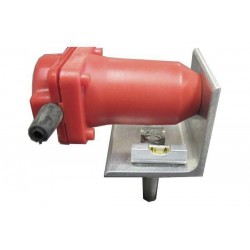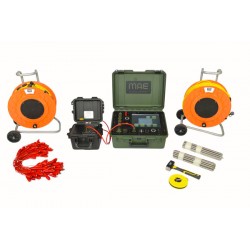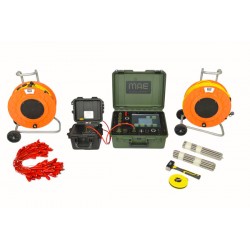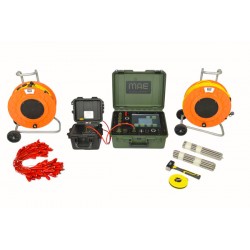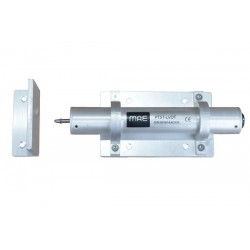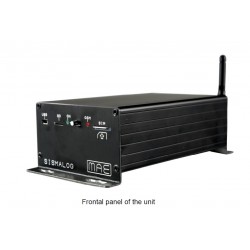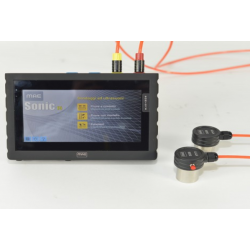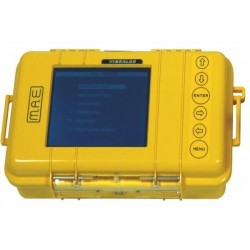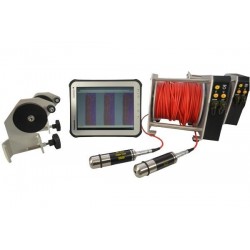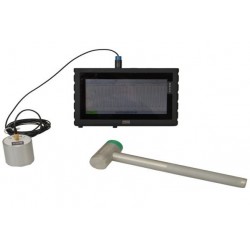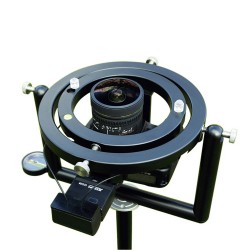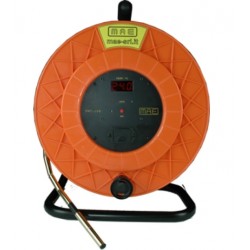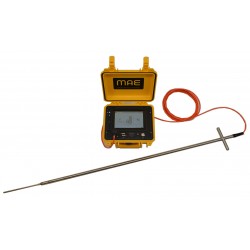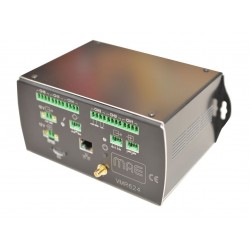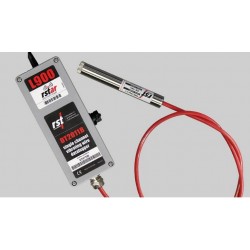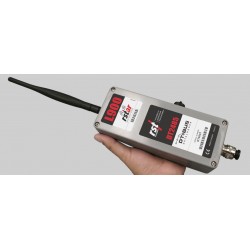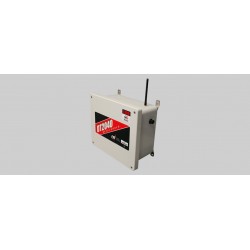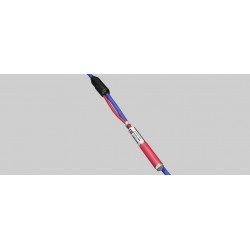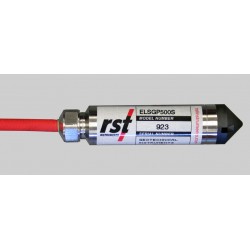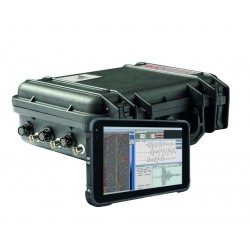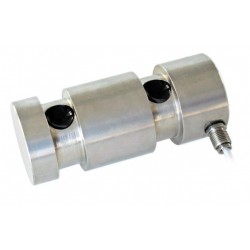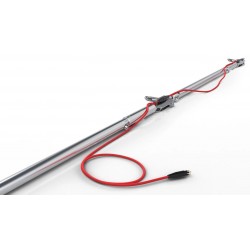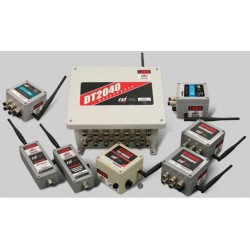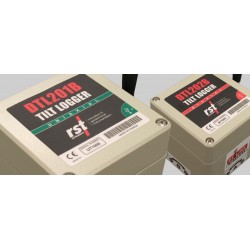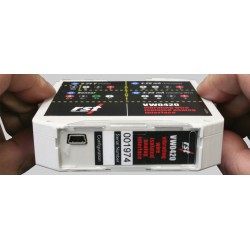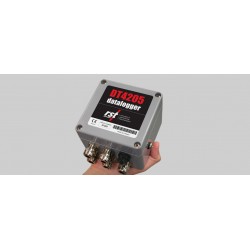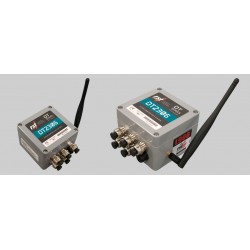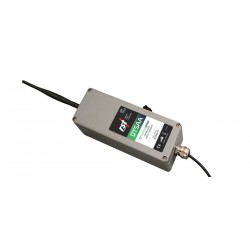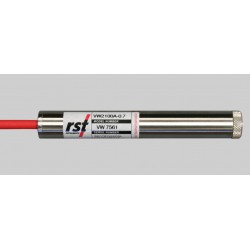Ningún producto
Estos precios se entienden sin IVA
Su producto se agregó correctamente al carro
Hay 0 productos en su carro. Hay 1 producto en su carro.
MAE C313SEV Georresistivímetro para medidas Cuadripolares
C313SEV
Nuevo
Georresistivímetro para mediciones cuadripolares
- Consulta este producto
- Remove this product from my favorite's list.
- Add this product to my list of favorites.
- Imprimir
| Tipo de Instrumento | Georresistivímetro |
El Georesistivímetro Digital se utiliza para los Estudios Eléctricos Verticales V.E.S.
Este equipo se caracteriza por su máxima resolución y precisión en los estudios geoeléctricos y por su gran rapidez de funcionamiento.
Una vez finalizada la adquisición de datos, se pueden procesar inmediatamente con el software de procesamiento de datos correspondiente.
La alimentación de funcionamiento se suministra mediante un paquete de baterías incorporado y está gestionada por un microprocesador capaz de proporcionar una amplia autonomía de adquisición de datos.
El registro y almacenamiento de los datos se realiza en un disco interno o en una memoria USB (suministrada).
El equipo está completamente computerizado y todas sus funciones operativas se seleccionan simplemente mediante un menú táctil en el monitor LCD de color de 7" con pantalla táctil integrada.
■ Número de electrodos: 4
■ Alimentación: Batería interna de 12 V, batería externa
■ Consumo medio de energía: 2,5 A, pico de 50 A
■ Autonomía media: 9 horas
■ Condiciones ambientales de funcionamiento: -20/80 °C
■ Resolución: 24 bit
■ Caja: Polipropileno, válvula de presión automática, IP67
■ Pantalla: LCD táctil integrada de 7"
■ Sistema operativo: Windows 10
■ Puertos: LAN, USB
■ Grabación de datos: SSD interno, memoria USB externa
■ Formato de datos: TSV, CSV, DAT
■ Dimensiones: 49 x 19 x 26,4 cm
■ Peso: 9,6 Kg
Corriente de salida:
■ Regulación: Automática 5 pasos
■ Intensidad máxima: 5A a 50V
■ Tensión de salida: ±50V, ±100V, ±250V, ±500V, ±800V
■ Potencia máxima: 250W
■ Tiempo de inyección: configurable desde 0,25 seg. (visualización gráfica de la onda)
■ Precisión de medida: ±0,2μA
Medición de potencial:
■ Rango: Auto rango
■ Medida: medida simultánea en todos los canales
■ Escala máxima: ±25 V
■ Impedancia de entrada: 2,5 MOHM
■ Filtro de frecuencia de red: 50 Hz
■ Protección: superior
■ Precisión de la medida: ±1,5 μV dentro del rango de ±25 V
■ Reducción de ruido: promedio de 2 a 10 medidas
■ Reinicio automático del potencial espontáneo: Automático
■ Precisión de la resistividad medida: ±0,5%
V.E.S. Vertical Electrical Survey+
Induced Polarization Measurement+
Spontaneous Potential Measurement+
.jpg)

